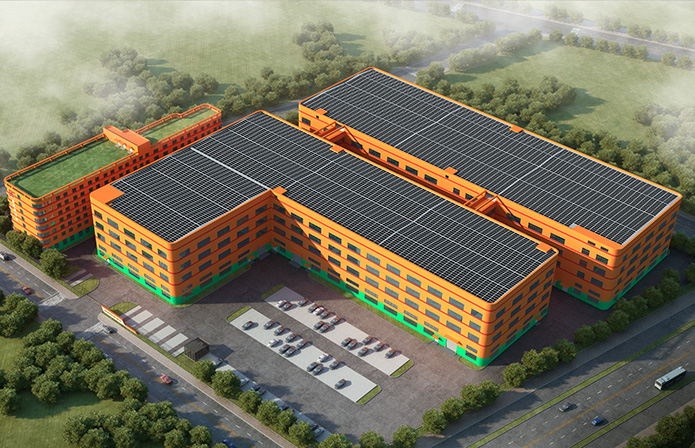1.Understanding the Environmental ConundrumDisposable plastic cups and lids have become an integral part of our daily lives, offering convenience and practicality in various settings such as offices, parties, and events. However, the environmental conundrum surrounding these single-use items stems from the entire lifecycle – from raw material extraction to disposal.
a)Environmental Impact of Production: The manufacturing process of disposable plastic cups and lids involves the extraction and refining of fossil fuels, primarily petroleum. This extraction contributes to habitat destruction, air and water pollution, and the release of greenhouse gases. Furthermore, the energy-intensive production process itself generates significant carbon emissions. Understanding the carbon footprint of production is crucial in assessing the overall environmental impact.
b)Usage and Disposal Challenges: While these items are designed for single use, their disposal poses a considerable challenge. Improperly disposed of plastic cups and lids often end up in landfills, where they can take hundreds of years to decompose. Moreover, a substantial portion finds its way into oceans and waterways, contributing to the global crisis of plastic pollution.
2.The Life Cycle of Disposable Plastic Cups & LidsTo comprehend the environmental impact fully, it's essential to scrutinize the entire life cycle of disposable plastic cups and lids, from creation to disposal.
a)Manufacturing Phase: The production of these items involves resource-intensive processes, including the extraction of non-renewable resources, energy-intensive manufacturing, and the use of various chemicals. Manufacturers are increasingly under pressure to adopt more sustainable practices and reduce their reliance on fossil fuels.
b)Transportation and Distribution: The transportation of these lightweight items may seem negligible, but the cumulative impact of shipping millions of plastic cups and lids worldwide contributes to the carbon footprint. Evaluating transportation modes and exploring more eco-friendly options are vital steps towards mitigating this aspect of the life cycle.
c)Usage and End-of-Life Management: Understanding consumer behavior during the usage phase is crucial. Encouraging responsible disposal practices, such as recycling, and discouraging littering can significantly impact the environmental footprint. Additionally, exploring innovative recycling technologies and waste-to-energy solutions can address end-of-life management challenges.
3.Innovations in Biodegradable MaterialsAddressing the environmental concerns associated with disposable plastic cups and lids requires a paradigm shift towards sustainable alternatives. The emergence of biodegradable materials presents a promising avenue for reducing the ecological impact.
a)Plant-Based Alternatives: One notable innovation involves utilizing plant-based materials such as PLA (polylactic acid) derived from corn starch or sugarcane. These materials offer comparable functionality to traditional plastics while being compostable and renewable, providing a more sustainable option for consumers.
b)Biodegradable Plastics: Innovative formulations of biodegradable plastics, designed to break down naturally in the environment, are gaining traction. These materials decompose into non-toxic byproducts, reducing the long-lasting environmental impact associated with traditional plastics.
c)Circular Economy Approaches: Some companies are adopting circular economy models, ensuring that the materials used in disposable cups and lids are recycled and reused in subsequent production cycles. This approach aims to minimize waste, conserve resources, and contribute to a more sustainable and closed-loop system.


















